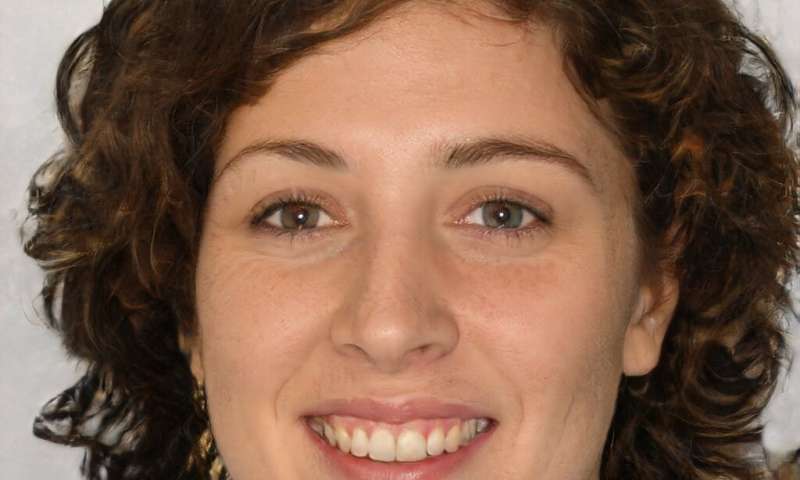
We are being fed an ample amount of information about artificial intelligence and the webs it can weave for delivering fake news. Leave some room for more news, this time for NVIDIA’s feat in delivering fake images. Wait, we are seeing photos of a man and a woman and they both look totally genuine—yet they are computer generated.
What is happening? A team from NVIDIA has shown they can mimic the appearance of real photos—-better than you can imagine—with a new generator. Paul Lilly in Hot Hardware: not only don’t believe everything you read but now don’t believe everything you see.
Their method does not require human supervision. If you get inside the “brain” of their concept, the generator is not treating an image as an image but rather as a collection of styles. Coarse. Middle. Fine.
In brief, it is easier than before to generate believable fake images. Tech watchers are looking at Thispersondoesnotexist.com which uses code previously released by Nvidia researchers on GitHub. This website generates new facial images instantly.
Every time you load the page on the site, an algorithm generates a new human face from scratch. “The website was created by Phillip Wang,” reported SlashGear, “who used NVIDIA’s generative adversarial network, StyleGAN, to make it. It’s a fairly simple website as far as design is concerned, as it only shows a single image of a human face when you visit it.”
Fairly simple, indeed. If you go to the site thispersondoesnotexist.com you see a woman’s face, for example, click refresh, bingo, another face entirely, from adult male, to adult female, to female child, to female adolescent, on and on. That’s it. No text. No ads. What is this all about? And more important, why are tech watchers talking about it?
Looking at the thispersondoesnot exist site, Lilly explained what to expect if you click on the website; it will generate “a new facial image from scratch from a 512 dimensional vector every time you hit the refresh button in your browser.”
So, what is this generative adversarial network (GAN) dubbed StyleGAN that SlashGear mentioned?
Rani Horev, LyrnAI, had a useful explanation in the context of images: “Their goal is to synthesize artificial samples, such as images, that are indistinguishable from authentic images. A common example of a GAN application is to generate artificial face images by learning from a dataset of celebrity faces.”
All roads lead to a paper on arXiv, authored by the NVIDIA researchers, Tero Karras, Samuli Laine and Timo Aila. The paper is titled, “A Style-Based Generator Architecture for Generative Adversarial Networks.” They discussed a “new architecture” for GANs, one that leads to an “automatically learned, unsupervised separation of high-level attributes.”
The researchers at NVIDIA released StyleGAN at github.com/NVlabs/stylegan, according to a Facebook post earlier this month.
CNET’s Jackson Ryan said, “The neural network is versatile enough that it is not just faces that it can conjure up, but bedrooms, cars and even cats.”
Synced talked about this versatility. “Researchers saw impressive results using the new generator to forge images of bedrooms, cars, and cats with the Large-scale Scene Understanding (LSUN) dataset.”
Jesus Diaz in Fast Company, using an example of casts, offered a useful snapshot of StyleGAN as a generative adversarial network. “It’s made up of two algorithms: The first generates cats based on its training on thousands of cat images, while the second evaluates the synthetic images and compares them to the real photos. Then, the second AI gives feedback to the first on its work–until it finally manages to create consistently believable portraits.”
Diaz noted the paper’s authors said a combination of technologies were used to “eliminate noise that is irrelevant for the new synthetic face–for instance, distinguishing a bow on a cat’s head and discarding it as superfluous.”
Jessica Miley in Interesting Engineering: “Eventually, these GAN’s are hoped to be able to be used to develop full virtual worlds using automated methods instead of hard coding.”
























